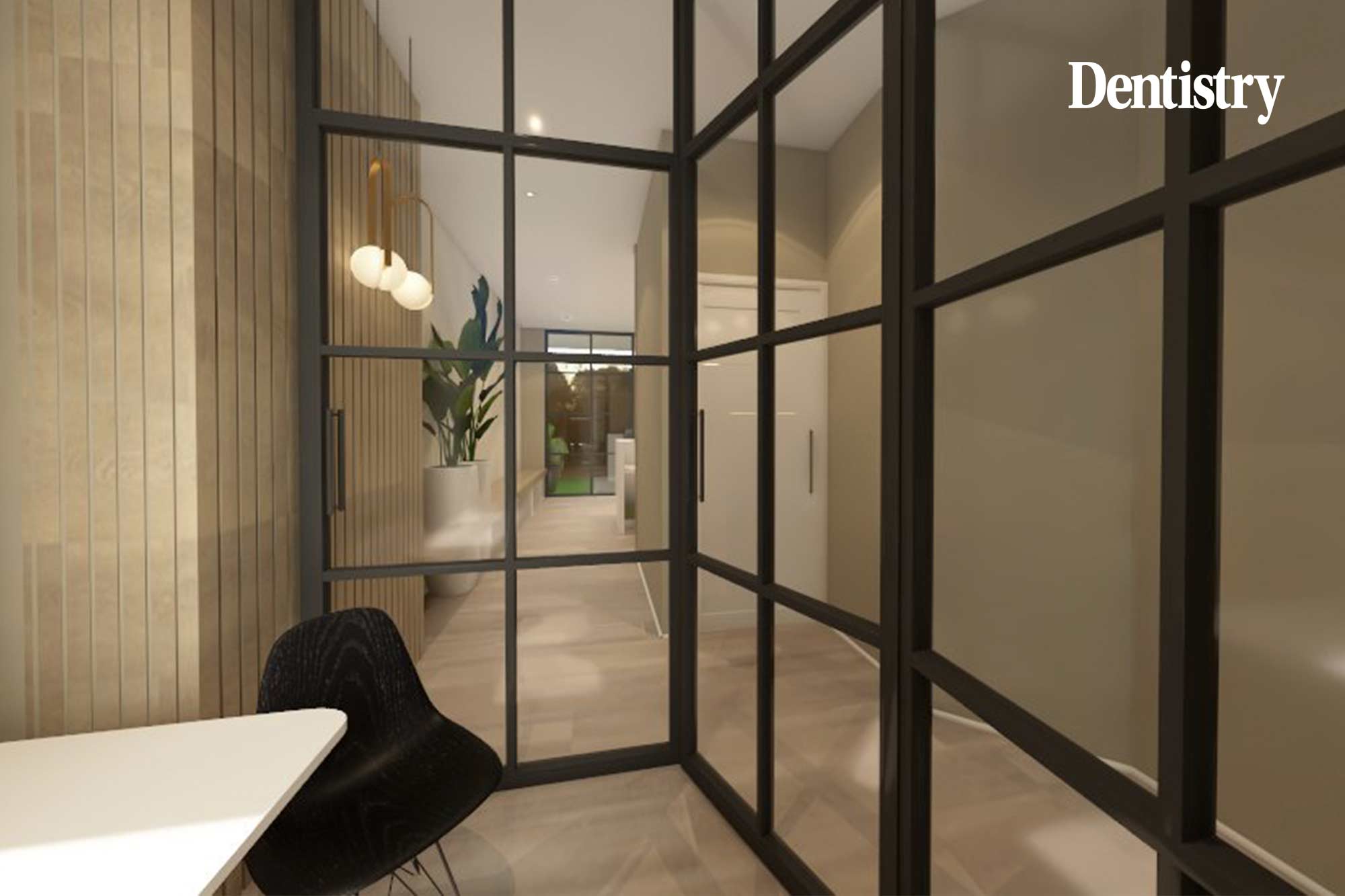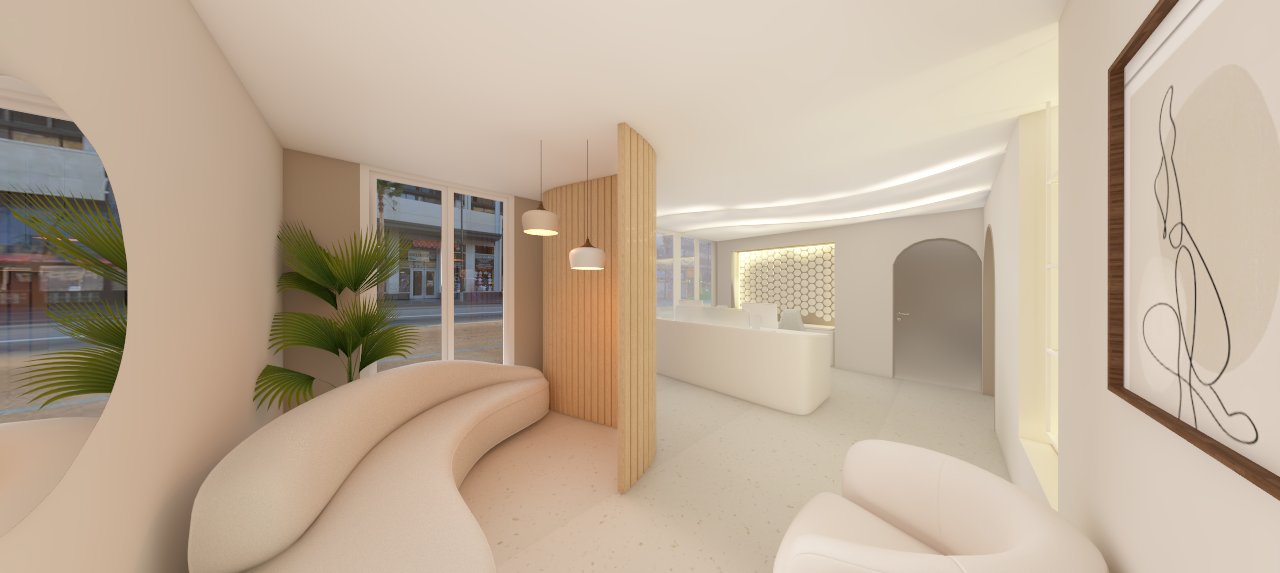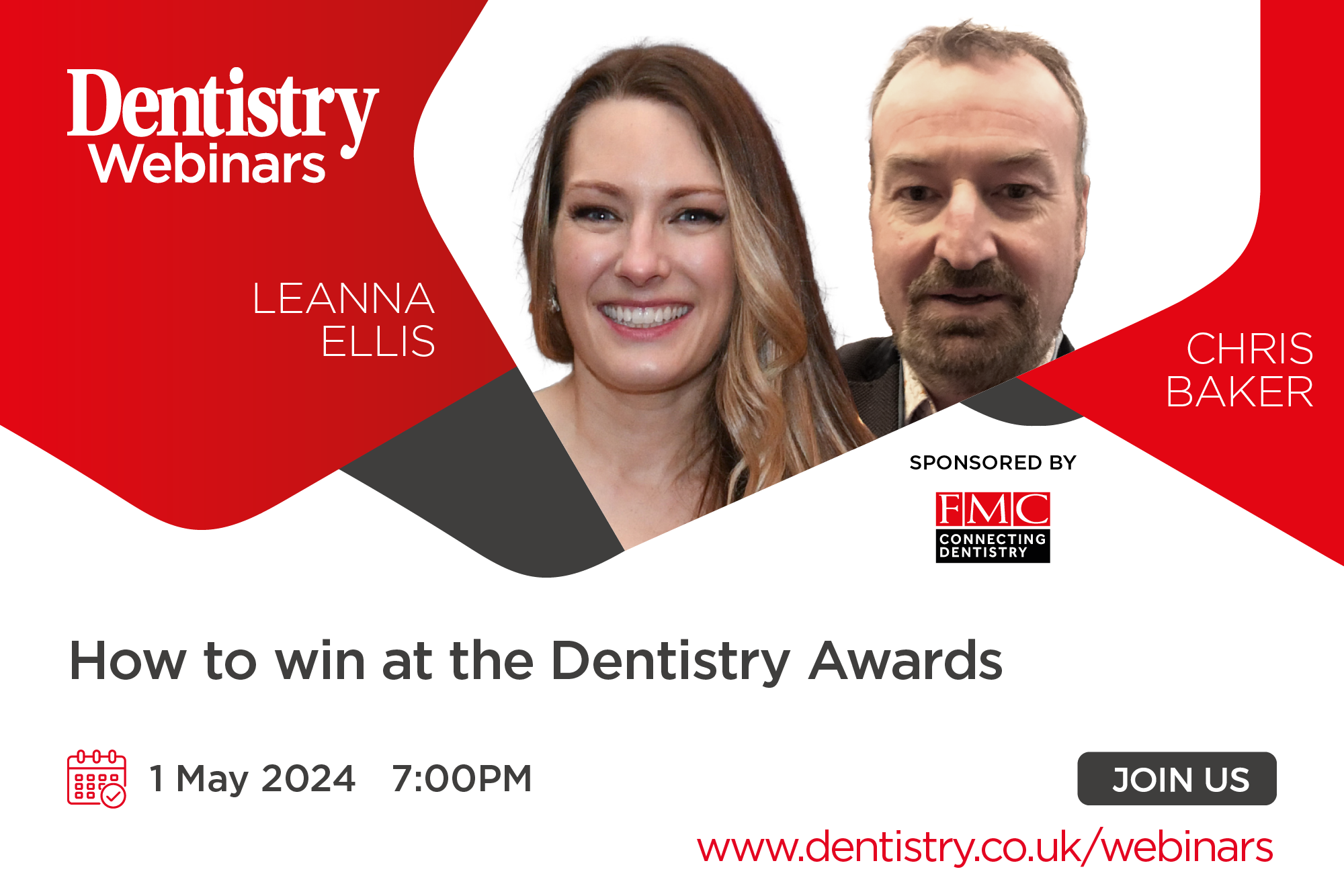 Kirsty Hague, art therapist and interiors expert at Hague Dental, explores the design trends that acknowledge the relationship between our minds and the environments we spend time in.
Kirsty Hague, art therapist and interiors expert at Hague Dental, explores the design trends that acknowledge the relationship between our minds and the environments we spend time in.
Dental practices are far more than clinical spaces patients come to have their teeth checked. Dental practices are places people come for an experience, to be taken on a journey. They are also places of work. And design plays an important role in all of these things.
We are increasingly realising how acutely the environments we spend time in can shape how we feel. Interiors should inspire and raise people’s spirits.
Last month I explored the role colour plays in evoking feelings within us and how that relates to dentistry. In this article, I am going to explore some of the most recently identified trends in the world of design to see how we can incorporate and embrace these elements into practices for the benefit of the dental team and patients alike.
Shapeshifters
According to the 2022 Interior Trends report by Ride Shotgun, ‘after an unsettling couple of years, interior trends that create a safe haven away from the outside world are stronger than ever’.
Curves are one of the trends they identified as aligning with a need to feel safe and secure and one that resonates within dentistry, where you want to create this experience for your patients.
‘Post-pandemic consumers want comfort, softness and tranquillity from their spaces,’ the report says. This is something curves provide.
You can incorporate curves into architecture and, importantly, into furniture and light fittings, as an easy way to soften up your interiors.
If I’m designing rooms at the moment, I am looking at creating a very organic Mediterranean-like feel (think Santorini in Greece). I am also thinking about putting curves into arches or creating curved seating areas to capitalise on this trend.

Sustainability
As we become more and more conscious and aware of climate change, it’s no surprise that the ‘appetite for sustainable interiors continues to drive conversations and purchasing behaviour.’
A 2020 IBM Institute for Business Value report showed that six out of 10 consumers are ready to change their purchasing behaviour to minimise their environmental footprint.
Businesses cannot afford to ignore the drive towards sustainability, and that means dental practices too. So it’s time to ask ourselves what we can do to make our lives more sustainable, and that connects not just to waste, fuel consumption and travel, but to the types of materials we choose to fill our spaces with as well.
In terms of interiors, this could mean natural and organic materials and plant life (see below), or it can mean repurposing or using antiques and vintage pieces.
Natural world
In line with the trend for sustainability, there is also a desire for a strengthened connection to nature.
One of the most popular ways to do this is with plants. Searches have grown by 150% on Pinterest alone, with trees, living walls and fully green spaces at the forefront. This trend has been heavily linked to the pandemic, with 74% of people saying they felt that plants brought emotional benefits.
Numerous scientific studies have explored the idea that indoor plants can turn our homes and workplaces into better places, and results have shown two potential benefits: improved psychological (mental) well-being and improved physical human health.
Indeed, dental practices may be interested to know that plants have also been shown to reduce pain, stress and anxiety.
Psychological benefits of indoor plants:
- An improved mood
- Reduced stress levels
- Increased worker productivity
- Increased speed of reaction in computer tasks
- Improved attention span
- Increased pain tolerance.
Physical health benefits of indoor plants:
- Reduced blood pressure
- Reduced fatigue and headaches by 20-25% in one study
- Patients in hospital rooms with plants reported decreased post-operative pain.
In addition, research conducted by the University of Exeter has found that house plants can improve productivity by 15%, while Norwegian researchers found sickness rates fell by more than 60% in plant-filled offices.
As we can see, the environments we spend our time in, either as a workplace or when accessing healthcare services such as dentistry, can have a huge impact on how we feel and experience our day-to-day lives.
Ask yourself, can you create less harsh, softer lines by utilising curves? Are there more ways to bring nature into your practice with plants or living walls? And how can you start to be more sustainable and reflect that in your environment?
The above examples are far more than trends; they are key ways you can connect with others and create a space that is balanced to give confidence to the team and its patients.
Email [email protected] for references.
For more information on how Hague Dental can help you create your ideal practice and keep it that way long into the future, please visit www.haguedental.com, email [email protected] or call 0800 298 5003.



